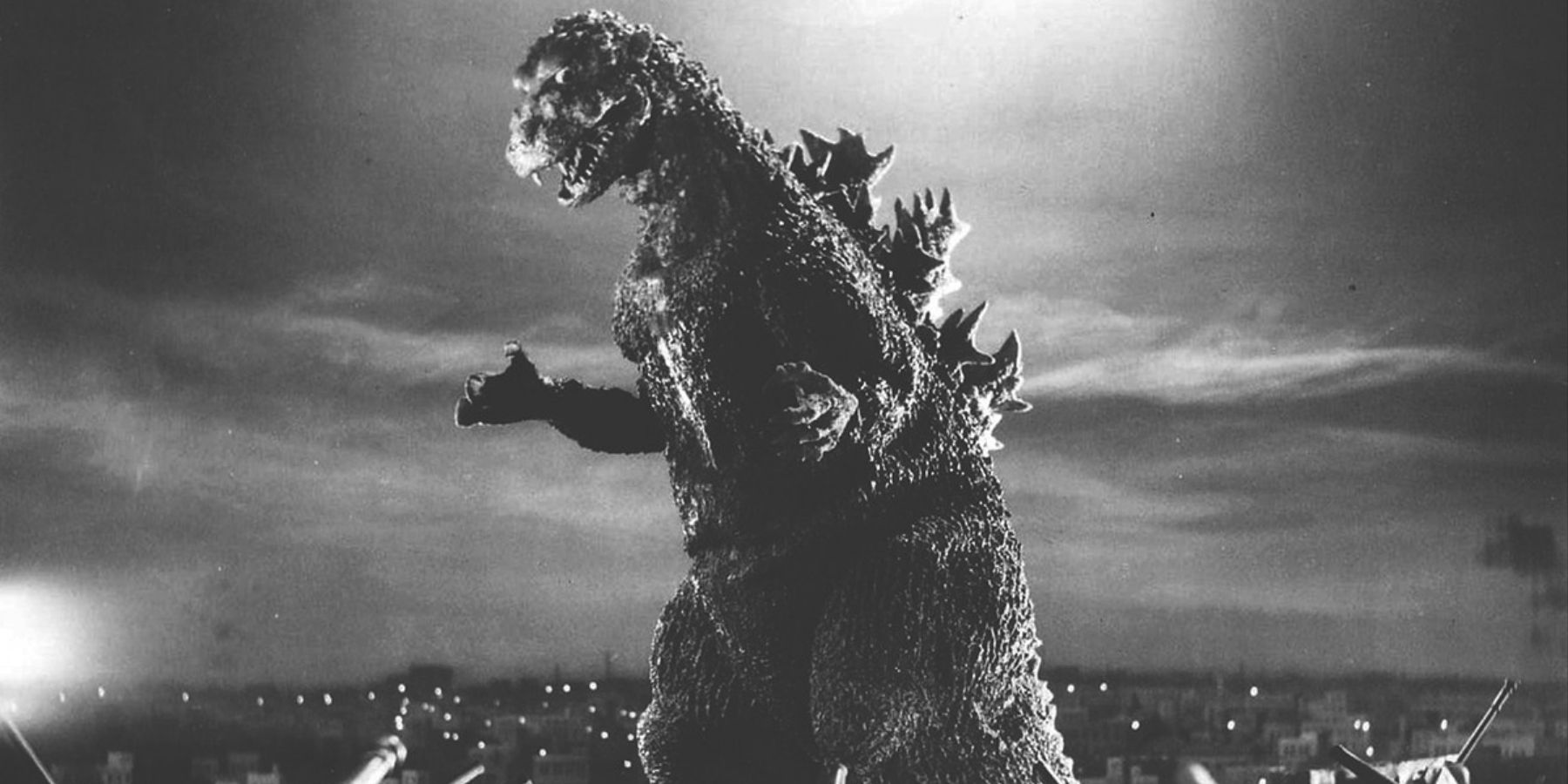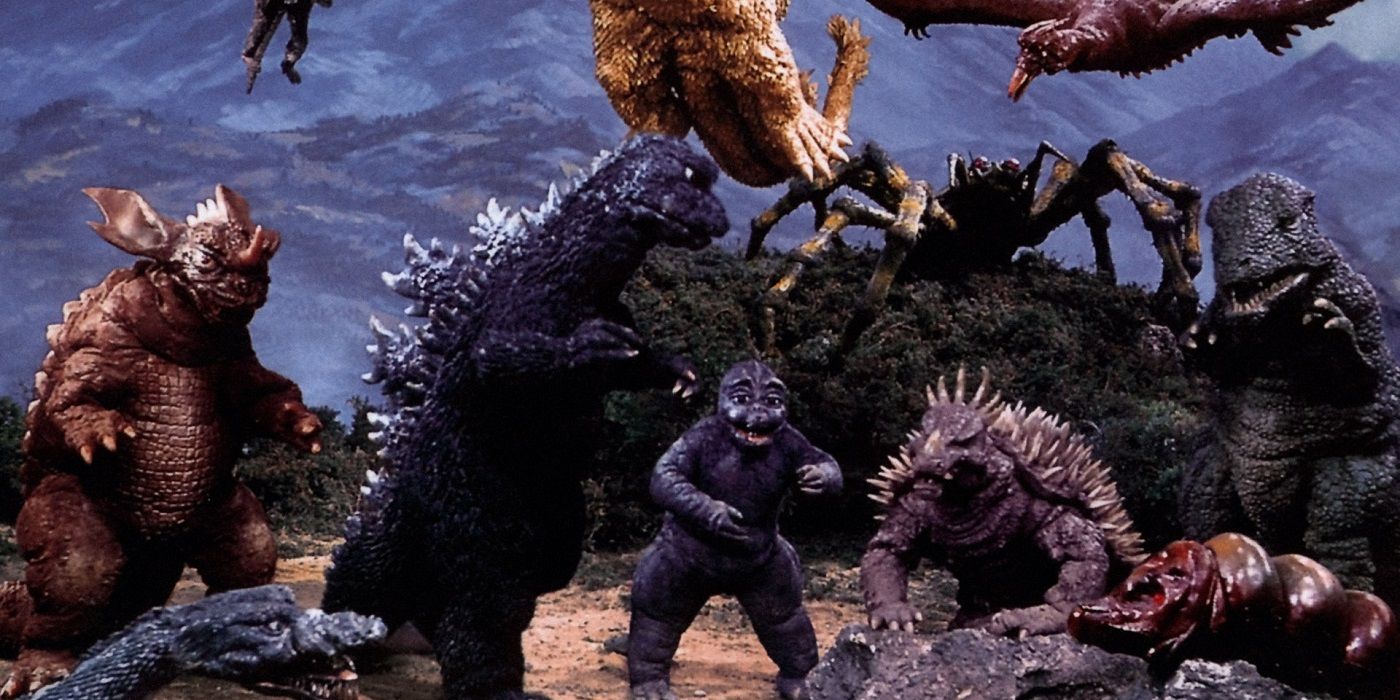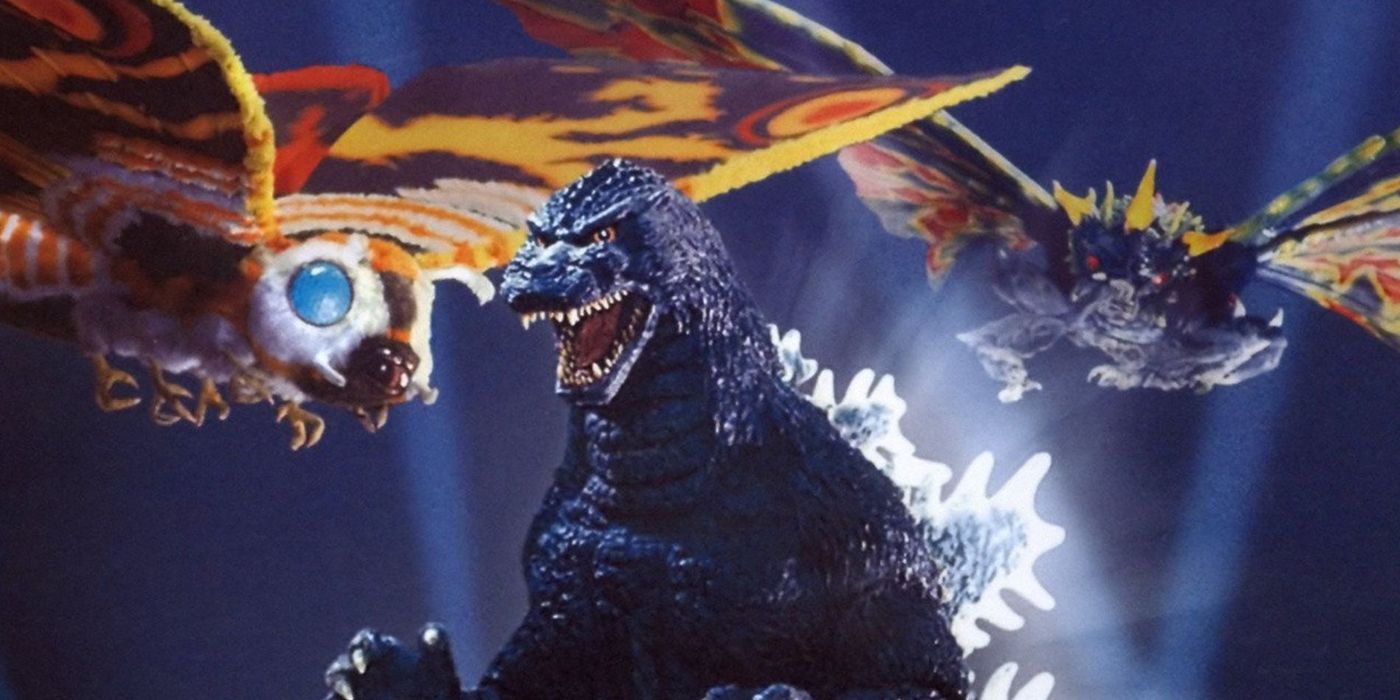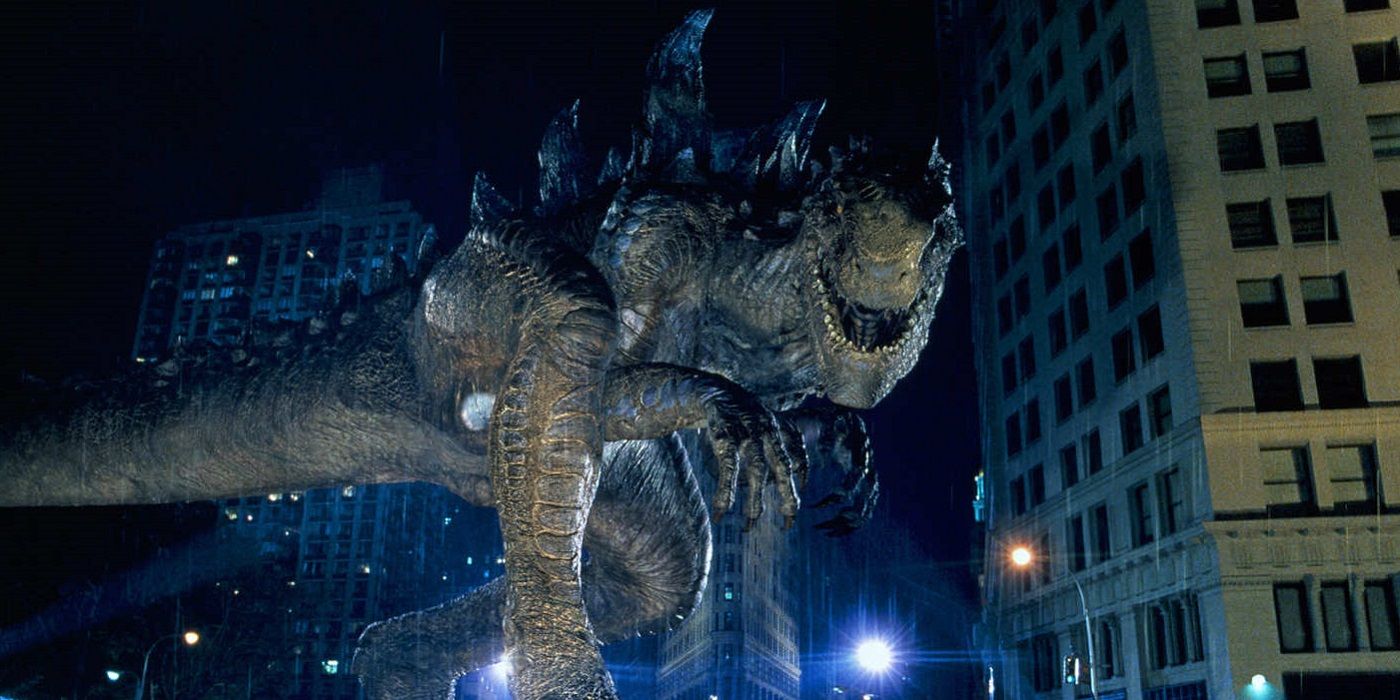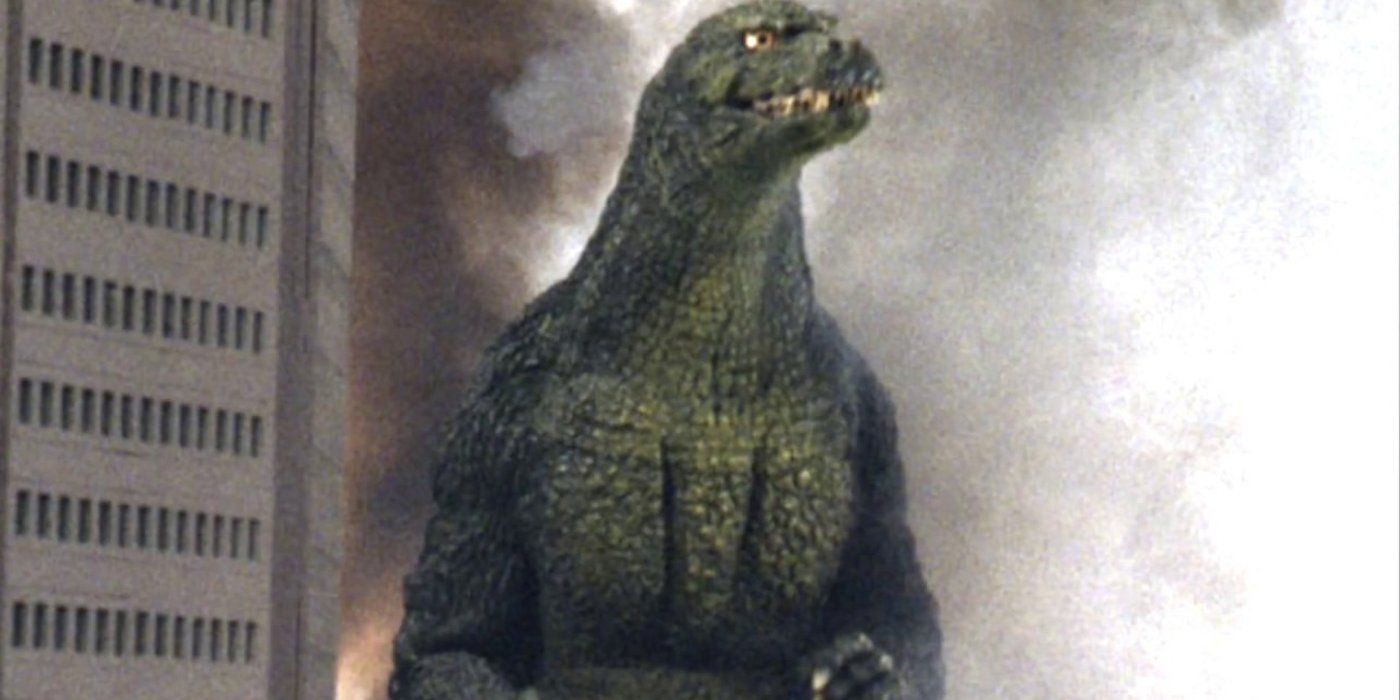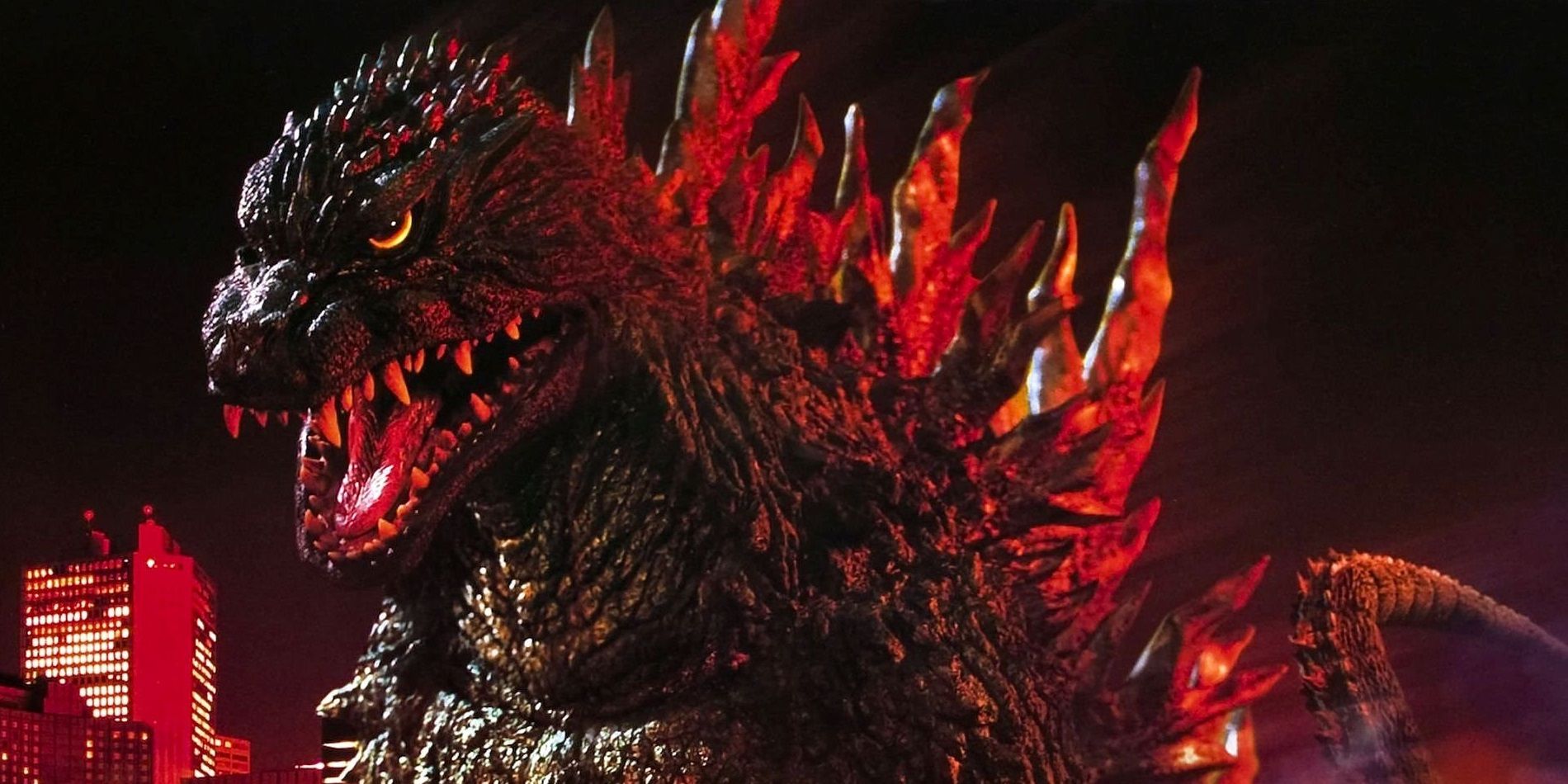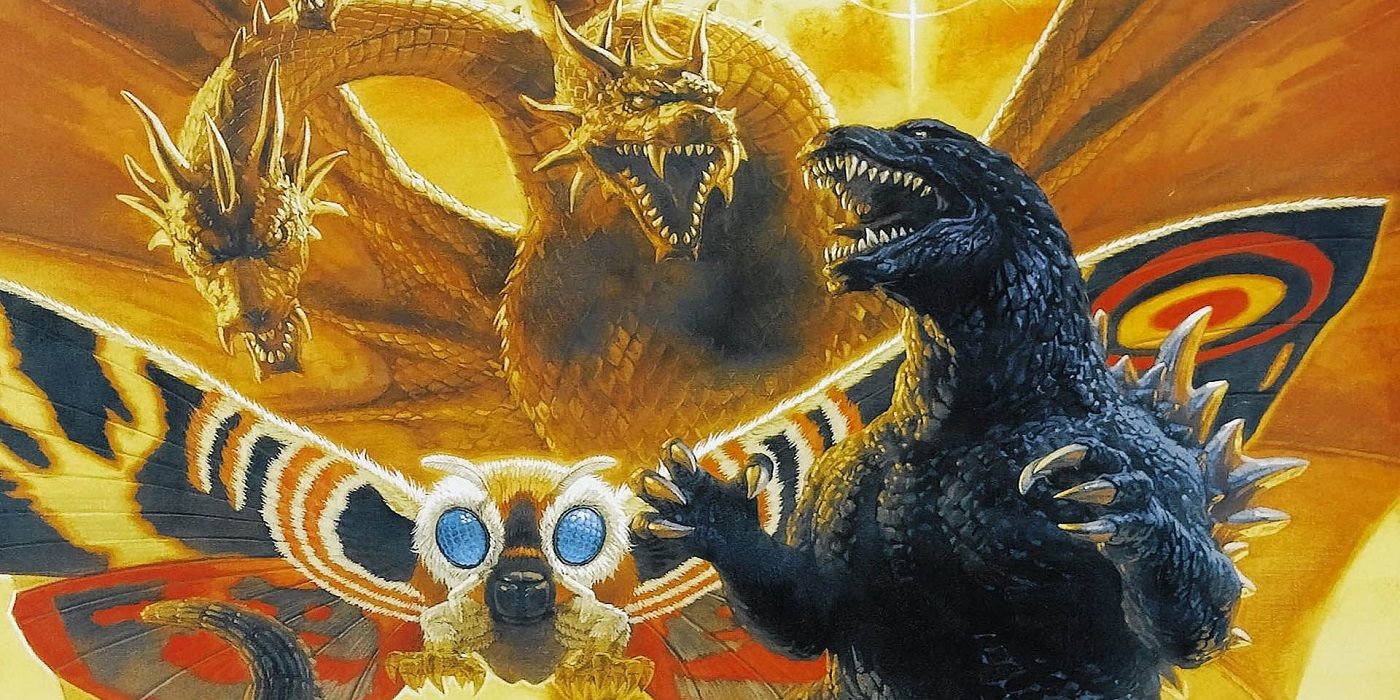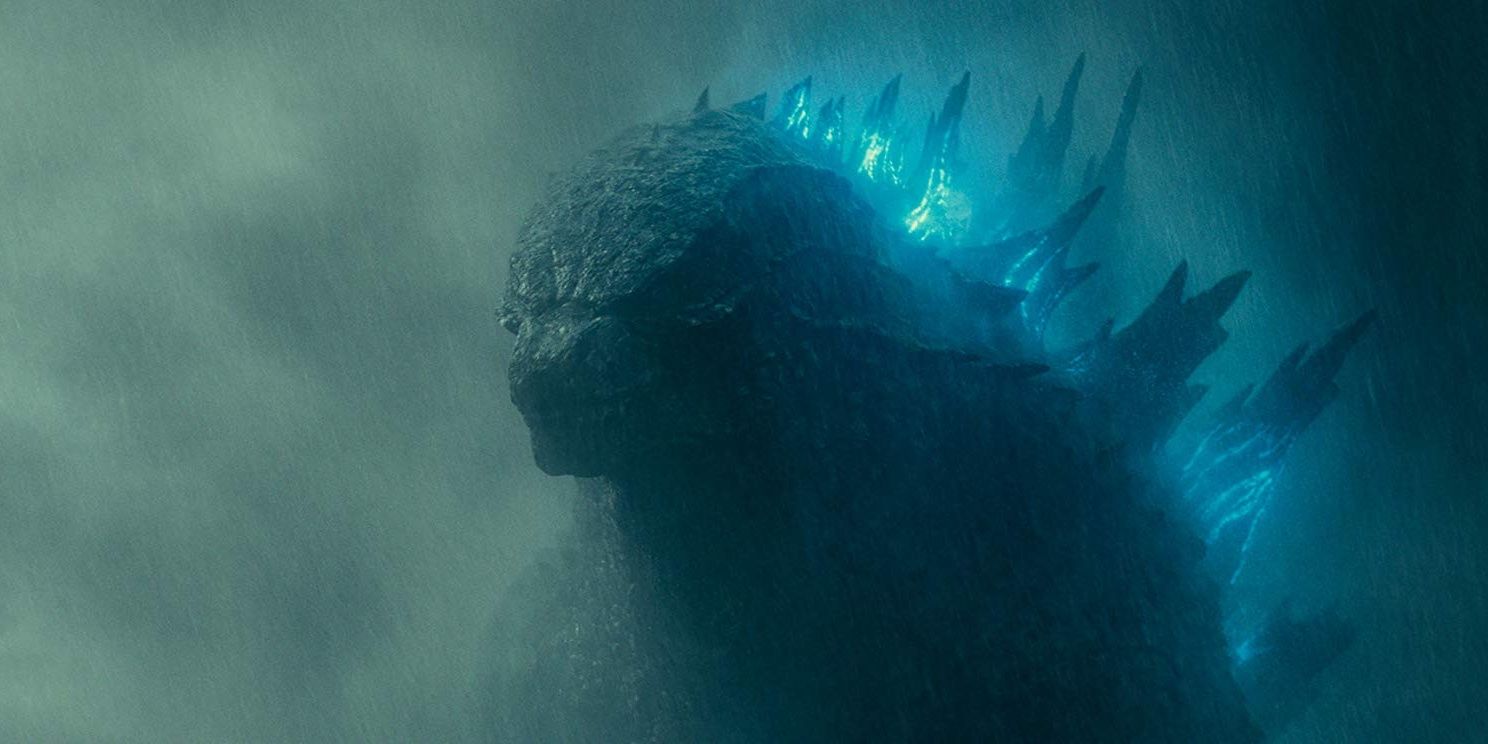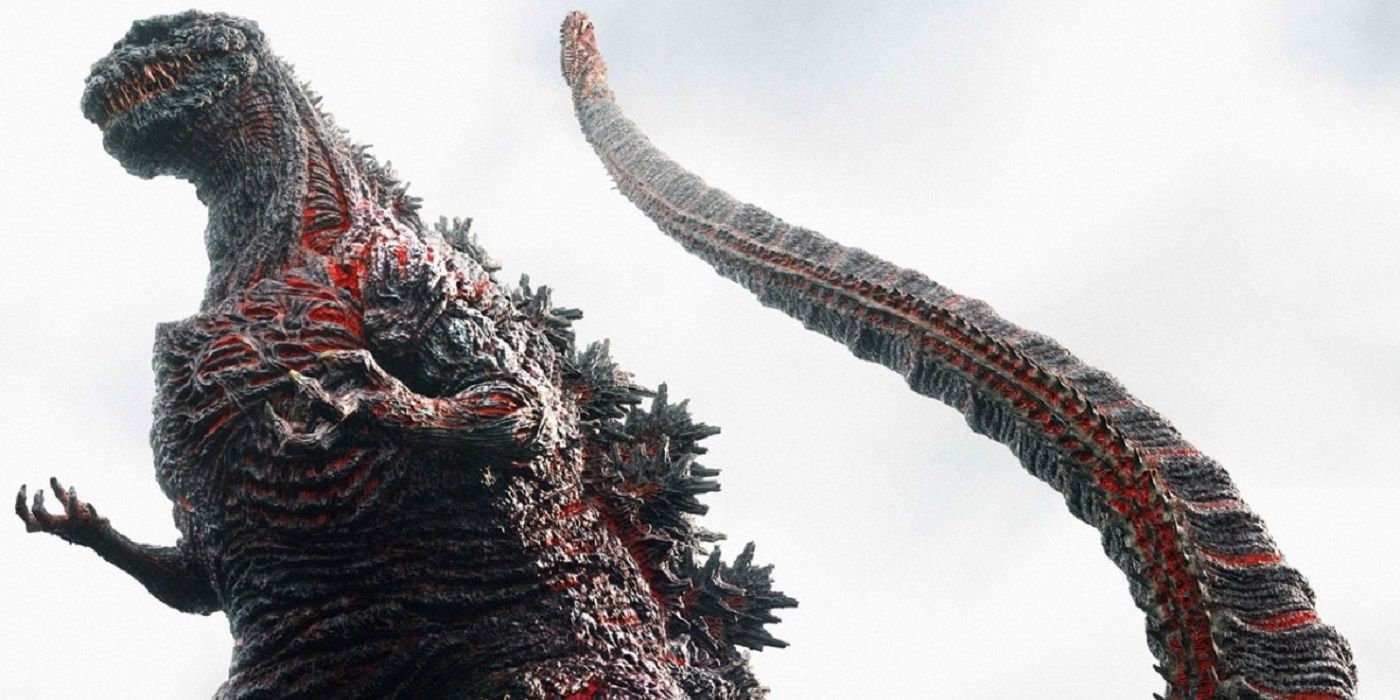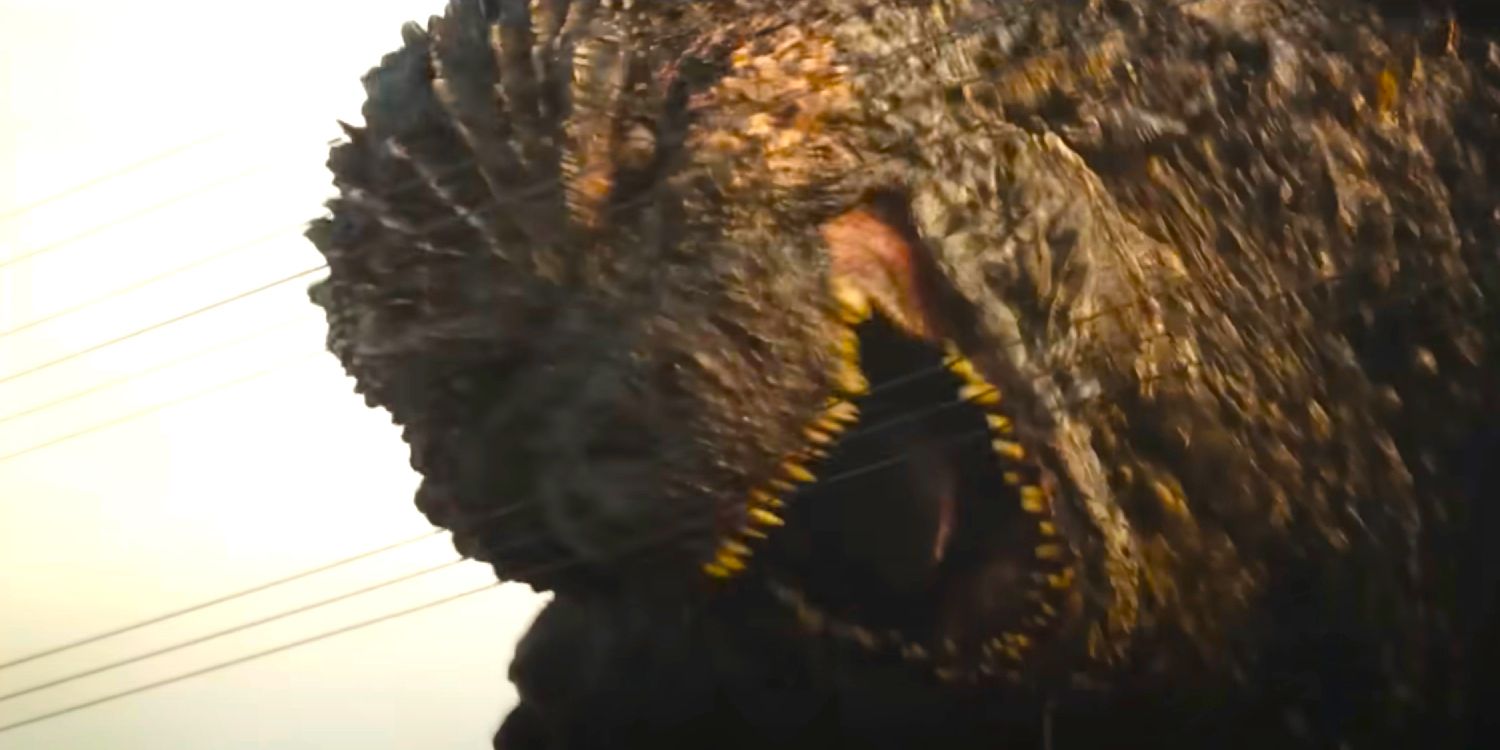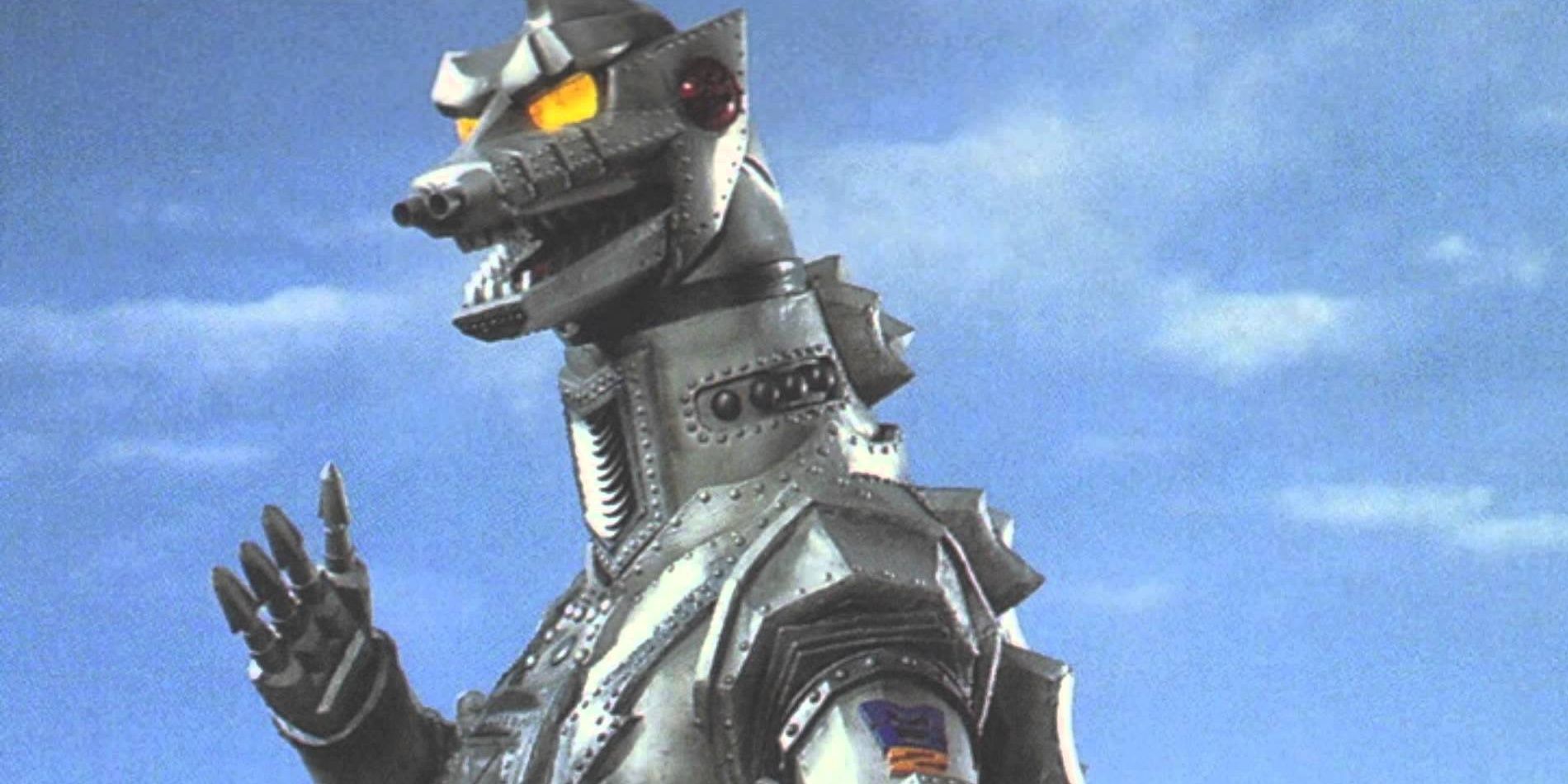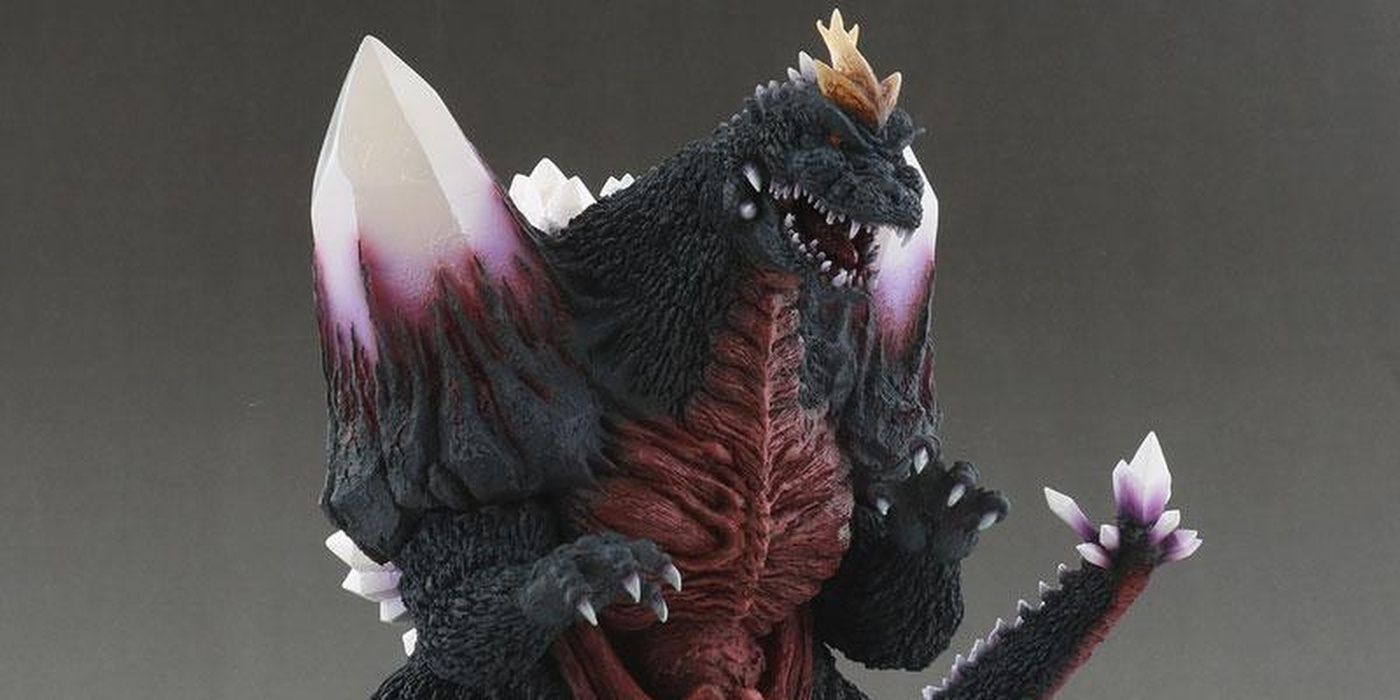Summary
- Godzilla has gone through numerous design changes and variations throughout the years, with each new incarnation bringing something different to the table.
- The original Godzilla was created as an allegory for the dangers of nuclear weapons, but over time, the character has been both a hero and a villain in various films.
- From the Heisei series to the MonsterVerse, each series of Godzilla films has its own unique take on the iconic monster, with different designs, storylines, and tones.
In 65 years, there have been multiple different Godzillas - and many of them differ from each other in more ways than one. This makes sense, considering that the King of the Monsters has starred in over 30 live-action movies, not to mention animated films. Of course, several of the live-action movies take place in the same continuity, so a few incarnations of the Japanese pop culture icon have appeared in a number of films before being replaced with a new Godzilla. On the other hand, there are several other different Godzillas that don’t extend beyond one movie.
Less than a decade after the United States dropped atomic bombs on Hiroshima and Nagasaki, Japanese studio Toho created Godzilla as an allegory for the danger of nuclear weapons. In the 1954 film, the Japanese military was forced to fight Godzilla, a gigantic monster mutated by nuclear radiation from an atom bomb test conducted by the U.S. military in the Pacific Ocean. Since then, Godzilla has been utilized as both a hero and villain. Every few years, filmmakers develop a new take on what Godzilla should be.
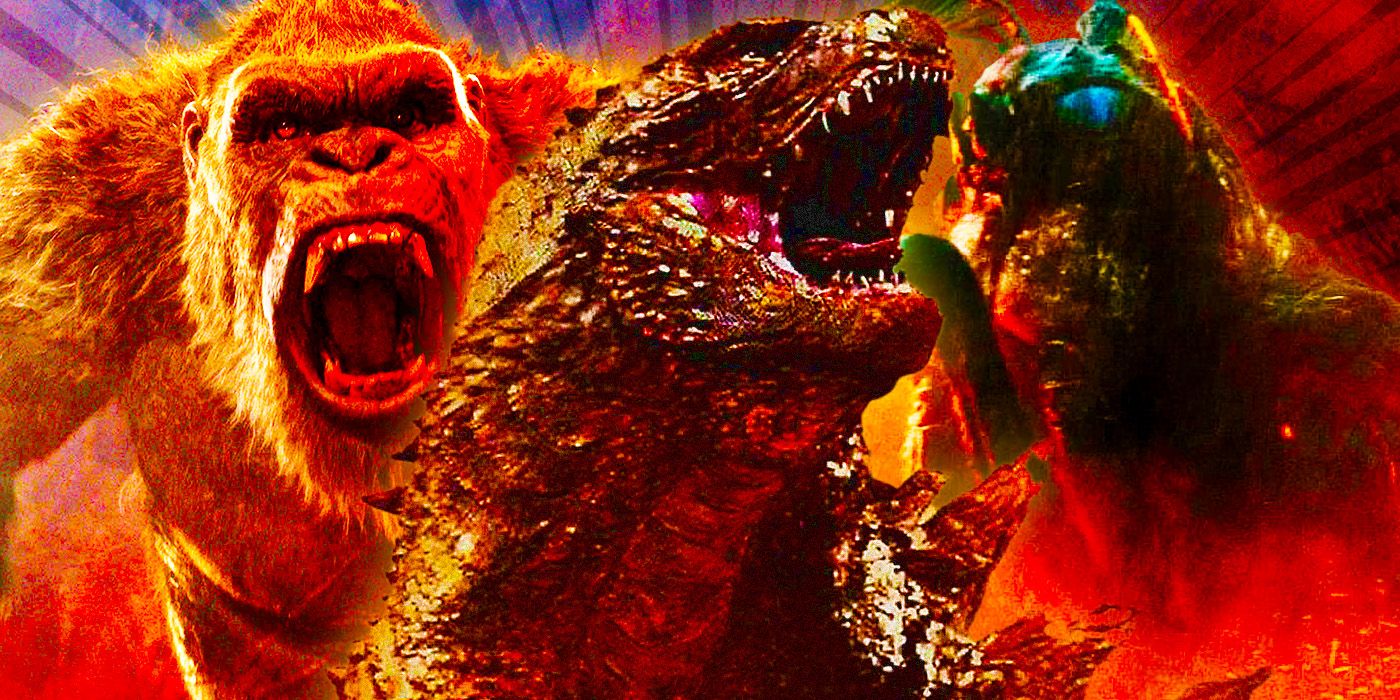
Godzilla: All 13 Monster Allies (& Which Movies They Appeared In)
Godzilla has several monster allies who help him in battle against various threats. Here's who they all are, and which movies they appeared in.
1954 Godzilla
The very first movie in what would become a huge franchise is, fittingly, simply titled Godzilla in 1954. This version of Godzilla is the blueprint for the character. The original Godzilla has most of the physical characteristics that audiences equate with the character. Godzilla’s back spikes, atomic breath, iconic roar, distinguishable face, and body structure that most fans are familiar with all date back to his original look in his first movie.
This was also the first Godzilla that was a direct response to the Atomic Bomb and the effects it left behind. What’s different about this Godzilla is that he never had a chance to fight another monster. The hallmark of the franchise has been that Godzilla fights other kaiju in the different installments. He was killed by the Oxygen Destroyer at the end of this movie, not allowing for that to happen.
Showa Series Godzilla
In 1955’s Godzilla Raids Again, the existence of a second Godzilla was revealed, and this version carried the franchise for over a dozen movies. In the beginning, he looked identical to the design of the 1954 character. As time passed, minor changes were made to the Godzilla suit, partially due to budget issues. The Godzilla head went through a few adjustments, but most aspects of his design remained changed. Some installments in the Showa series of Godzilla movies suffered from low budgets, and that unfortunately affected the quality of the Godzilla suit.
The biggest change made to the Godzillas during this time, however, had nothing to do with his design. In 1964’s Ghidorah, The Three-Headed Monster, Toho turned Godzilla into a hero and kept him that way until the series ended with Terror of Mechagodzilla in 1975. This happened as a result of Toho’s efforts to appeal to younger audiences. This take on Godzilla was just as brutal as other versions, but he had more of a “fun” personality. He was even capable of shaking hands and engaging in fits of laughter.
Heisei Series Godzilla
Toho revived their mascot in 1984 in the appropriately-titled Return of Godzilla. This movie kept Godzilla’s basic design, but it also provided him with a much more serious and even meaner look. This Godzilla, who evolved from a Godzillasaurus, has darker scales and larger thighs than the Showa Godzilla. The Heisei series films abandoned the kid-friendly tone of the 1960s and 1970s films and restored Godzilla to his roots as an enemy of Japan.
In the movies that were released in 1990s, Godzilla filled the role of an anti-hero. The government often looked for ways to defeat Godzilla but was usually unsuccessful. This Godzilla had no connection to the continuity of the second generation of the character. During the Heisei era, the character also adopted a juvenile member of his species, allowing for there to be another version of Godzilla to live on.
1998 Godzilla
In 1998, the first Hollywood adaptation of Godzilla was met with a swelling of criticism across the board, as both fans and Toho felt that it betrayed the spirit of Godzilla when it made him more like an animal and less like a monster. The giant, mutated iguana was only a fraction of Godzilla’s size and lacked all of his distinguishing physical traits. This was because director Roland Emmerich didn't think the original version of Godzilla's design made sense, and he wanted something different.
One of the biggest differences was that this Godzilla could run fast, whereas most Godzillas lumbered and destroyed everything in its path. There was also the spawn of Godzilla left in a nest in Madison Square Garden that completely changed the way these Godzillas were created. Response to the movie and the creature itself was so negative that Toho retconned the 1998 Godzilla into a completely different monster in 2004’s Godzilla: Final Wars.
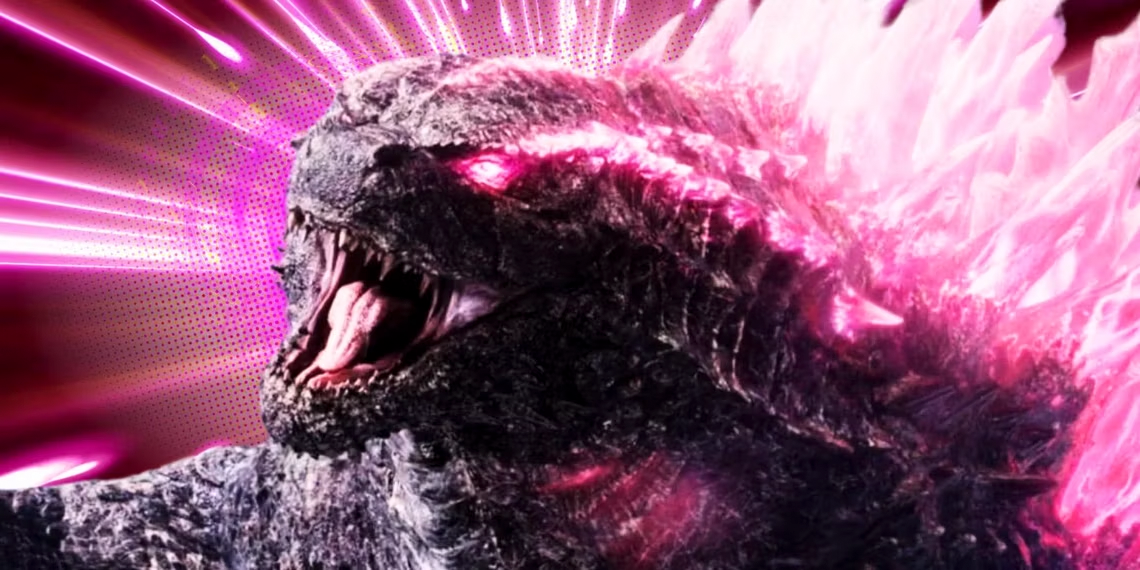
Why Godzilla Never Eats In His Movies
Godzilla is often shown levelling entire city blocks and battling other monsters, but he’s never shown eating, and there’s a good reason for this.
Godzilla Junior
In 1993’s Godzilla vs. Mechagodzilla II, Godzilla had a son who has since been dubbed “Godzilla Junior.” Subsequent movies in the Heisei series aged Godzilla Junior until he was an adolescent in Godzilla vs. Destoroyah. In the movie, Godzilla Junior looked similar to his father, but his back spikes were significantly smaller. That helped to denote that he was a much younger member of the species.
He later died in battle with Destoroyah (crustaceans mutated by the original era's Oxygen Destroyer), but Godzilla brought him back to life by giving him his life force instead of undergoing his own complete nuclear meltdown. Thanks to Godzilla’s energy, Godzilla Junior was reborn as the new Godzilla. There was also another huge change here in the design, as this Godzilla was luminescent, achieved using small orange light bulbs on the creature design.
Millennium Series Godzilla
Godzilla 2000 rebooted the franchise and served as the beginning of the Millennium series. Instead of bringing back Godzilla’s son and letting him lead the new series, Toho decided to start over with an all-new incarnation. The only movie that this version of Godzilla maintained as part of the canon was the 1954 movie, erasing all of the other continuity in between. Interestingly, the movie doesn't even provide an origin story for this Godzilla, but the novelization does, confirming that this is the second Godzilla who survived in the 1954 movie.
This Godzilla, who sported purple back spikes and red atomic breath, was similar to the 1990s Godzilla who was treated like an anti-hero. This design was reused in Godzilla vs. Megaguirus, but Toho went back to the blue atomic breath and the more traditional dorsal fins for Godzilla Against Mechagodzilla, Godzilla: Tokyo S.O.S., and Godzilla: Final Wars.
2001 Godzilla
2001’s Godzilla, Mothra, and King Ghidorah: Giant Monsters All-Out Attack stands on its own as a movie where Godzilla is portrayed as a truly evil entity, as opposed to a creature who simply destroys what gets in his way. That's not a typical take on Godzilla in the modern day, and it resulted in one major change to Godzilla. This version of the kaiju had no pupils in his eyes. Director Shuhuke Kaneko made that decision to make Godzilla appear more evil.
The film resurrects the 1954 Godzilla by having his body possessed by the ghosts of soldiers killed in World War II. This supernatural interpretation of Godzilla was opposed by guardian monsters Baragon, Mothra, and King Ghidorah. This movie still kept the nuclear origin, but it was set up as more of an anti-war film with the idea of Godzilla avenging those who died in the wars.
MonsterVerse Godzilla
Legendary reinvented Godzilla for the MonsterVerse with a fearsome new look. Unlike Toho’s Godzilla, the MonsterVerse version wasn’t created by radiation. Instead, he was an ancient monster known as a Titan that was merely awakened by the atom bombs. In the world of the MonsterVerse, Godzilla acts as the planet’s self-appointed protector. He rises up to do battle with other Titans when the balance of nature is threatened. The big change in this movie was that the producers wanted Godzilla to look like the original creature and not make the same mistake as the Roland Emmerich movie.
This Godzilla first appeared in the 2014 movie, battled other monsters in Godzilla: King of the Monsters in 2017, and then battled King Kong in 2021. This version of Godzilla also returns to the Apple TV+ series Monarch: Legacy of Monsters, which is set in this same MonsterVerse.
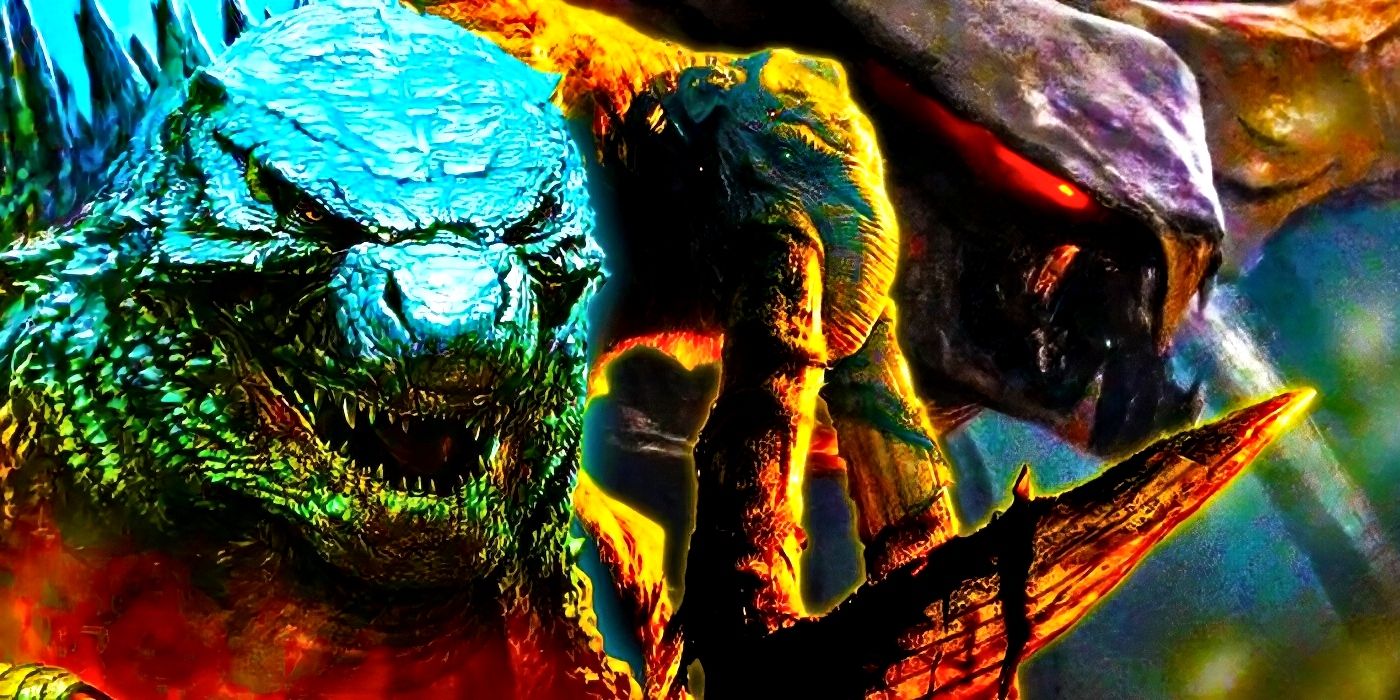
Even Godzilla Isn't Strong Enough to Beat MonsterVerse's Most Powerful MUTO
Godzilla is considered the King of the Monsters in MonsterVerse canon, but even he isn't strong enough to beat the most powerful MUTO: MUTO-Prime!
Shin Godzilla
With Legendary’s Godzilla performing so well at the box office, fans knew it was only a matter of time before Toho went back to making Godzilla movies. The first attempt since 2004 was 2016’s Shin Godzilla, a movie that introduced a drastically different version of the King of the Monsters. The new Godzilla, who went through various unusual transformations, was a grotesque and repulsive creature that possessed a number of unique abilities that no Godzilla had ever had before.
At the time of release, this version of Godzilla was the tallest made for the screen. He was over 388 feet tall and was actually created by the dumping of nuclear waste. Because of the way the monster was born, he could mutate his own DNA and allow his form to evolve as needed. This villainous creature was destroyed at the end of the film, but the door was left open for a new Godzilla to be born. Even so, Toho opted not to revisit Shin Godzilla, in favor of an all-new series of Godzilla films.
Godzilla Minus One
While the American Godzilla movies are still ongoing, and Toho chose to let the Shin Godzilla design end, a new Toho version arrived in 2023. This movie is Godzilla Minus One and brought Godzilla back to destroy Japan once again following World War II. This new version of Godzilla is more aggressive than the most recent versions on screen. Over the course of the movie, he becomes more aggressive with his exposure to nuclear radiation and with his interactions with humans.
This Godzilla's design is nothing like the MonsterVerse version. It also looks like a departure from Shin Godzilla in design. That version looked a little more grotesque and this one looks more like the traditional Godzilla from Toho. His dorsal fins resemble past Toho versions but the face and body look just different enough to make this a unique version of Godzilla.
Mechagodzilla
1974’s Godzilla vs. Mechagodzilla featured the debut of Godzilla’s robotic counterpart. Designed by aliens and modeled after Godzilla, this deadly machine packs a deadly arsenal of missiles and lasers. His entire purpose is to kill the real Godzilla. Toho reimagined him as a weapon of the Japanese government in Godzilla vs. Mechagodzilla II. He filled a similar role in Godzilla Against Mechagodzilla, when a new model was built. This particular version was given the name “Kiryu.”
Kiryu was different than the previous version of Mechagodzilla, however, since he was built around the skeleton of the previously deceased Godzilla. Typically, organic material isn't utilized as part of the Mechagodzilla design. Since the robotic Godzilla's first appearance in the movies, there have been even more versions of the character, including the MonsterVerse's Mechagodzilla in Godzilla vs. Kong.
SpaceGodzilla
Somehow, some of Godzilla’s cells found their way into outer space, where they were mutated by a black hole. Some fans have theorized that those cells are the result of popular Godzilla villain Biollante. Biollante was created using the DNA of both Godzilla and a human girl as well as a flower, but her destruction at the end of the movie Godzilla vs. Biollante could have scattered her cells in space.
What resulted from this mutation was a powerful creature called SpaceGodzilla. As its name suggests, it bears some resemblance to Godzilla, but his back and shoulders are adorned with large crystals. The alien kaiju’s first and only appearance came in 1994’s Godzilla vs. SpaceGodzilla when it arrived on Earth and began creating havoc, forcing Godzilla and Moguera to team up against him.



